Why do Japanese like to drink canned coffee so much? Is the canned coffee good?
Professional coffee knowledge exchange more coffee bean information please follow the coffee workshop (Wechat official account cafe_style)
As we all know, Japan has always been a "fierce war zone" for coffee. From chain brands such as Starbucks and Blue bottle to an endless stream of boutique independent cafes, Japan can be in the forefront of the world in terms of the number and quality of coffee shops. However, according to data released by the Japan Coffee Association, the average Japanese drink about 11 cups of coffee a week, the proportion of canned coffee is as high as 20%, and the average person drinks about 91 bottles of canned coffee every year. What kind of canned coffee? It is the colorful canned coffee in Japanese street convenience stores and vending machines. (source: food post)
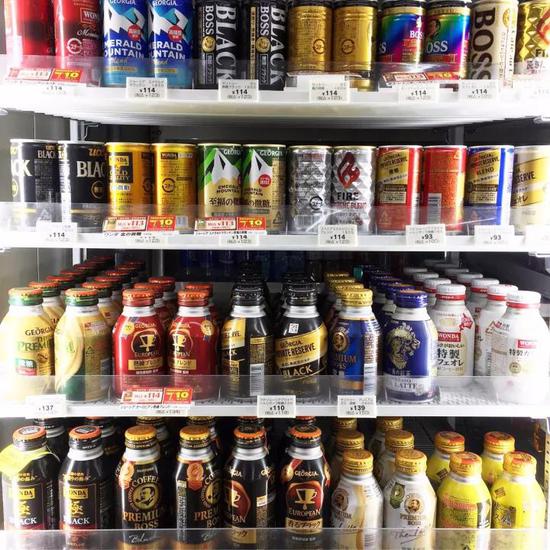
Why? Why do the Japanese, who are supposed to be spoiled by good coffee everywhere, still like to drink canned coffee?
A brief History of canned Coffee in Japan
The earliest canned coffee was a sugar-free coffee launched by the Meiji Fruit Club of Japan in 1959, but what was really sold on a large scale as a commodity was the milk coffee launched by the UCC Ujima Coffee Company in 1969.
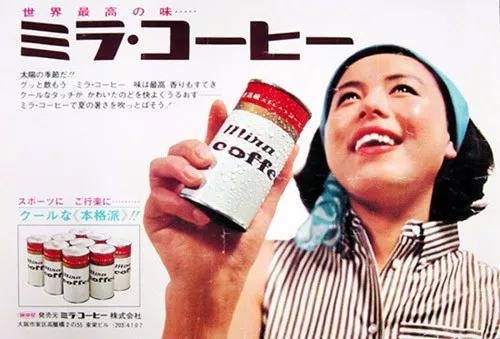
Coffee drink launched by Meiji Fruit Co., Ltd in Japan in 1959
At that time, Japanese canning technology was so advanced that it could maintain a stable coffee flavor for more than half a year.
At first, canned coffee was mainly monopolized by UCC. After 1970, as sales of canned coffee surged in Japan, other beverage companies also moved into canned coffee.
By 1990, sales of canned coffee in Japan had reached 300 million cases, accounting for 25% of the entire Japanese beverage market.
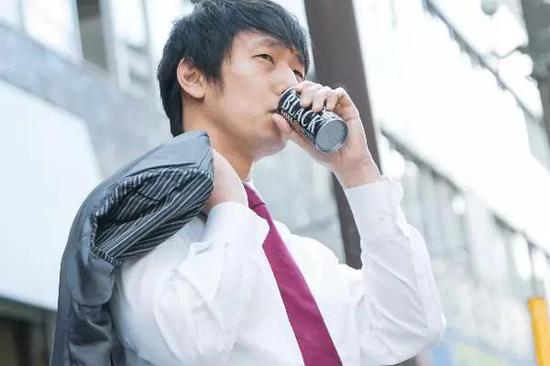
Since then, major companies began to focus on the research and development of this kind of coffee, thus opening up Japan's rich canned coffee culture.
A low-cost, convenient choice of coffee
Low price and convenience are most people's first impressions of canned coffee in Japan.
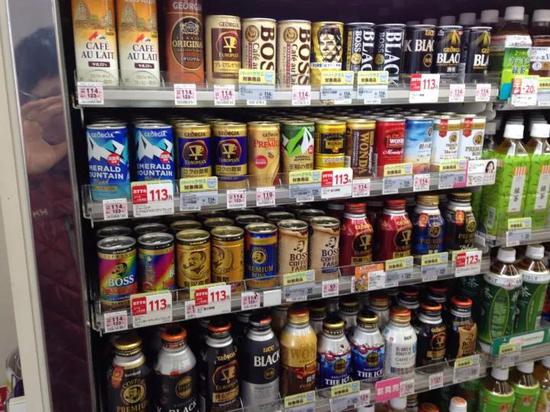
In Japan, canned coffee is very cheap, selling for about 130 yen (about 8 yuan) after tax, which can be consumed every day by both students and ordinary office workers.
The price of canned coffee in Japan is mostly between 130 and 200 yen, and the price of canned coffee is mostly between 130 and 200 yen.
In addition to being cheap, Japan's large number of convenience stores and vending machines have also played a key role in promoting the popularity of canned coffee.
There are 55090 convenience stores in Japan, according to the 2017 Winter Survey. In most Japanese cities, you can find a convenience store within a few steps and push the door to buy a can of coffee.
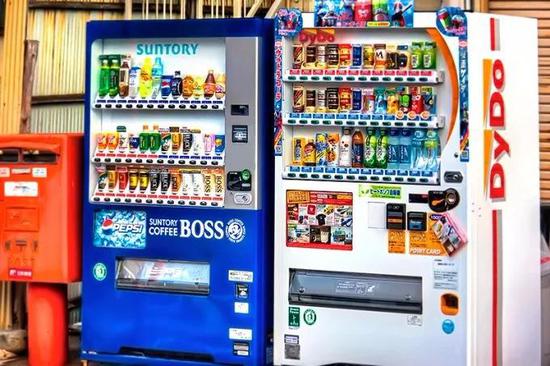
The vending machine is also responsible. In 1962, Japan introduced vending machines from American beverage companies. In 1974, in order to cater to the local habit of hot drinks in winter, Japan invented hot and cold vending machines, and sales of canned coffee have been on the rise ever since.
Japanese street vending machine, red label represents hot drink, blue label represents cold and hot vending machine, red label represents hot drink, blue label represents cold drink.
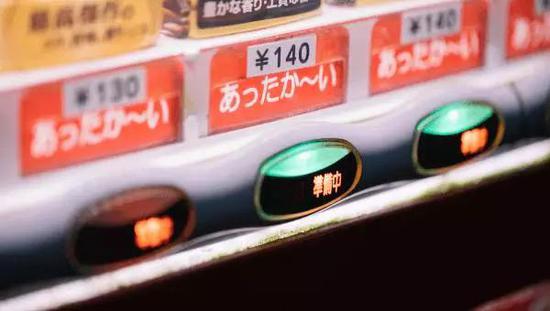
For daily hot and cold drinking habits, the hot drink temperature of Japanese vending machines is generally set to 55 ℃, room temperature is 20 ℃, and cold drink is 5 ℃. For daily hot and cold drinking habits, the hot drink temperature of Japanese vending machines is generally set to 55 ℃, room temperature is 20 ℃, and cold drink is 5 ℃.
In Japan, where the pace of work and life is very fast, canned coffee that can be bought 24 hours a day also cultivates people's daily coffee drinking habits to a large extent.
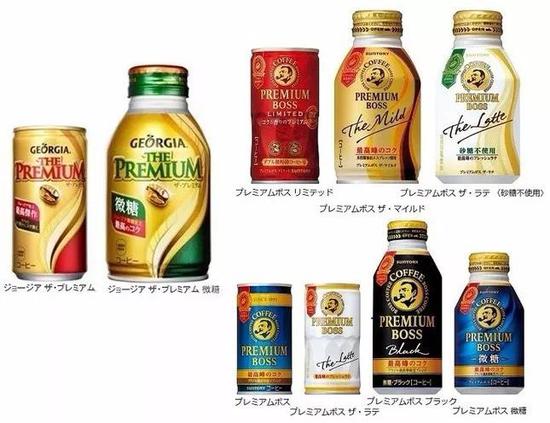
A dazzling variety of coffee
Since the 1970s, two large beverage companies, such as Coca-Cola, have entered the canned coffee market one after another. In order to accurately locate the market demand, the types of canned coffee have been increasing.
Up to now, more than 30 brands in Japan alone produce canned coffee, and there are more than 400 kinds of canned coffee on the market. In addition to popular lines such as Suntory's BOSS, Asahi WONDA and Coca-Cola's GEORGIA, many niche brands are also trying to compete in the canned coffee market.
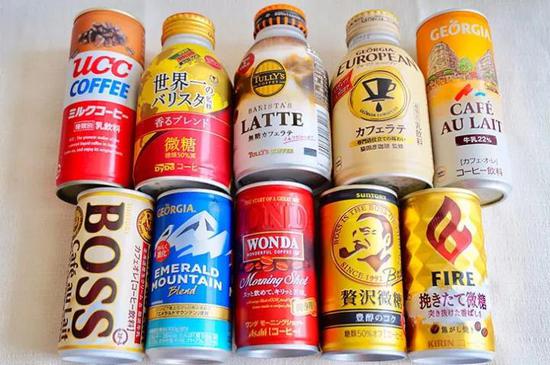
Coca-Cola's Georgia alone has nearly 50 canned coffee. Coca-Cola's Georgia alone has nearly 50 canned coffee.
A simple division of American style, latte and mocha is far from enough. Not only the baking degree is subdivided into shallow, medium and deep baking, but the sugar content is also divided into different types, such as sugar, low sugar, micro sugar and no sugar.
Only micro-sugar coffee, there are many choices on the market, there are many choices on the market.
In order to attract public attention, major manufacturers also regularly launch a variety of special flavor and regional, theme-limited coffee.

New Century Evangelical Warriors Series theme Coffee
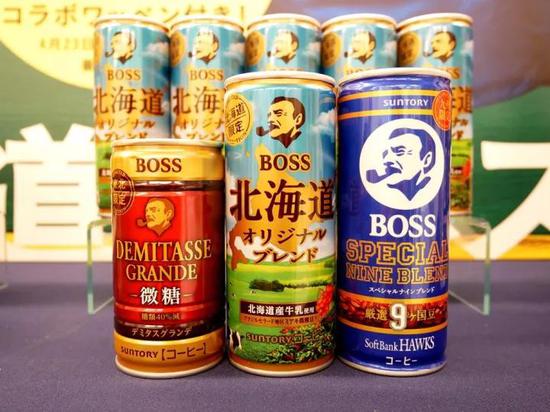
From left to right are Tohoku, Hokkaido and Kyushu, respectively. From left to right, they are Tohoku, Hokkaido and Kyushu, respectively.
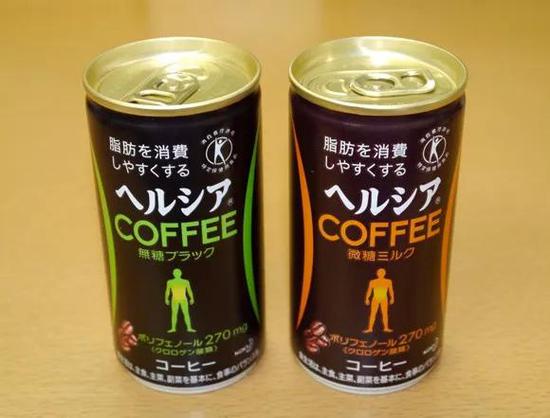
Special canned coffee with fat-reducing effect launched by Huawang Company
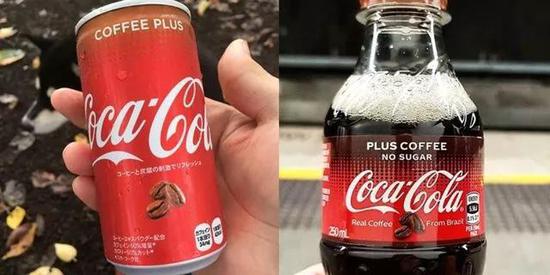
Coca-Cola's Coffee-flavored carbonated Beverage
Who says canned coffee doesn't taste good?
Most importantly, as a low-cost coffee, a lot of canned coffee in Japan is really delicious!
Especially with the rise of the "third wave of boutique coffee", in order to enhance market competitiveness, companies further strengthen the research and development of canned coffee technology.
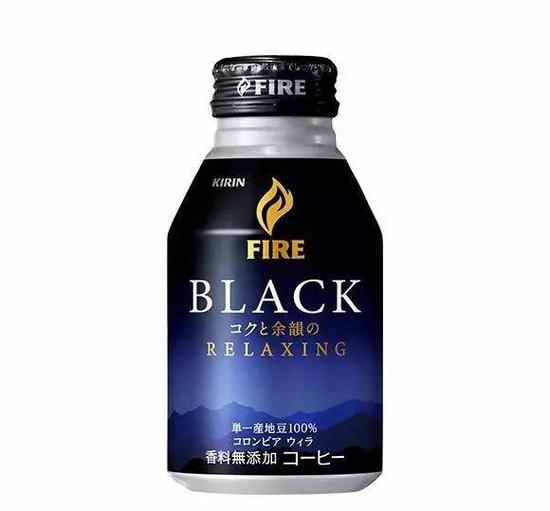
Not only the demand for coffee beans in a single producing area is getting higher and higher, but also new roasting techniques such as "sealed baking" are constantly developed, which can retain the aroma of coffee as much as possible.
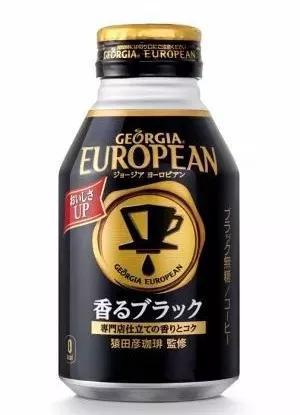
The 100% coffee beans produced by Kirin from the single producing area of Brazil will be extracted within 18 hours after grinding. 100% coffee beans from the single producing area of Brazil will be extracted within 18 hours after grinding.
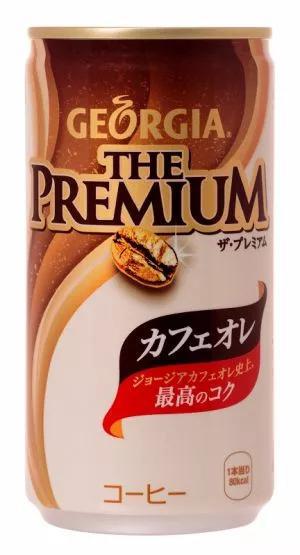
Canned coffee recently launched by GEORGIA using "ultrashort sterilization technology" and "sealed roasting" canned coffee recently launched by GEORGIA Company using "ultrashort sterilization technology" and "sealed roasting" canned coffee
For milk coffee, milk powder and condensed milk were often used in the past, but now manufacturers choose more pure milk, or even milk from specific producing areas, to improve the quality of coffee.
GEROGIA offers 30% more beans than regular coffee, milk coffee made from 100% milk and Hokkaido cream, GEROGIA offers 30% more beans than regular coffee, and milk coffee made from 100% milk and Hokkaido cream.
Considering the flavor and calories of coffee, canned coffee also shows a trend of low sugar and no sugar in recent years.
How good is canned coffee in Japan? Every year, Japanese netizens hold a variety of selections to choose the best and most popular canned coffee. It shows that the Japanese are enthusiastic about canned coffee.
After grilling, I can't help sighing that the invention of canned coffee was originally a "stopgap measure" for people who didn't have time to drink freshly ground coffee, but with the Japanese's meticulous positioning of the coffee market and constantly improving technology, it eventually developed into a unique culture and way of life.
Whether hot or cold, canned coffee in convenience stores and vending machines is always welcome for people in a hurry to stop for a moment to enjoy a delicious can of coffee.
What kind of canned coffee have you had?
END
Important Notice :
前街咖啡 FrontStreet Coffee has moved to new addredd:
FrontStreet Coffee Address: 315,Donghua East Road,GuangZhou
Tel:020 38364473
- Prev
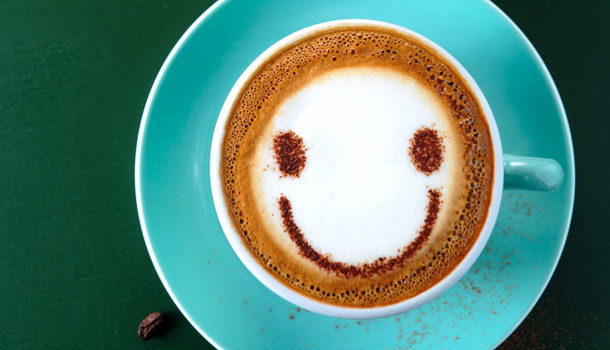
Many benefits of drinking coffee for breakfast can lose weight, anti-inflammation, but also can prevent diabetes!
Professional coffee knowledge exchange more coffee bean information Please follow the coffee workshop (Wechat official account cafe_style) the most important thing to wake up every morning is, of course, think: what do you want for breakfast? Because the diet is westernized now, people have a lot of changes in their choice of breakfast. They can simply eat traditional soy milk and Youtiao, or they can gorge on hamburgers with French fries.
- Next
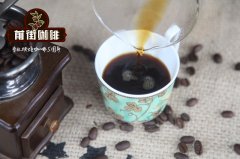
Actually, it's not a coffee variety. There's a misunderstanding about mantnin coffee, you know?
Professional coffee knowledge exchange More coffee bean information Please pay attention to coffee workshop (Weixin Official Accounts cafe_style) If you ask: What kind of coffee do you like to drink? A lot of people would probably answer: Mantenin. However, how many people know that Mantenin is neither the name of the production area, nor the name of the place or port, nor the name of the coffee variety, but evolved from a misunderstanding.
Related
- How did the Salvadoran coffee industry develop in Central America?
- What exactly does the golden cup extraction of coffee mean?
- The Origin of Coffee flower
- [2023 Starbucks World Earth Day] there are more meaningful things besides free Starbucks coffee!
- What kind of coffee is there in Spain? 9 Flavors of Spanish Coffee
- Aromatic African coffee| Kenya's coffee culture and historical production area
- Liberica Coffee Bean knowledge: the characteristics of Liberian Coffee beans of the three original species of Coffee beans
- The origin and formula of Spanish latte introduces the taste characteristics of Bombon coffee in Valencia, Spain.
- How to adjust the solution of over-extracted coffee
- What is the tasting period of coffee beans? What is the period of coffee and beans? How should coffee wake up and raise beans?

